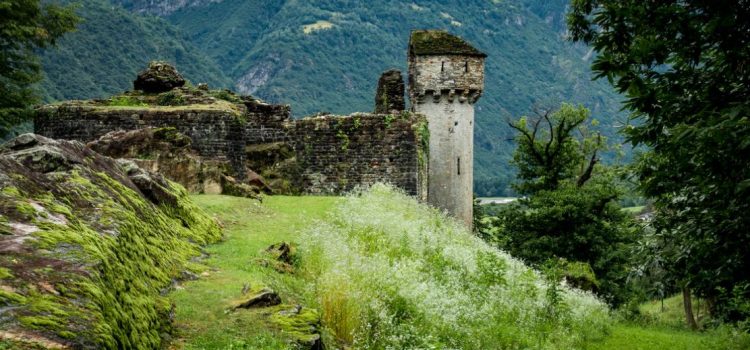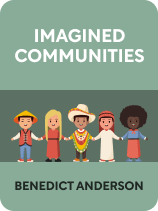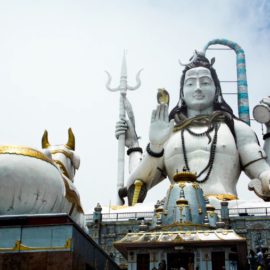

This article is an excerpt from the Shortform book guide to "Imagined Communities" by Benedict Anderson. Shortform has the world's best summaries and analyses of books you should be reading.
Like this article? Sign up for a free trial here .
How did nationalism develop? What was it like to live in the pre-nationalist age?
Political scientist and historian Benedict Anderson says that the ideology of “nationalism” is a fairly recent social construct. Before nationalism, people would identify themselves with their occupation, or village, and political communities were ruled by dynastic sovereigns rather than governments.
Keep reading to learn about the origins of national consciousness, according to Benedict Anderson.
The Pre-Nationalist Age
What were the origins of national consciousness? Well, the nation as a political unit is a fairly recent innovation. For most of human history, people did not think of themselves as being part of a national community, bound by historical, cultural, geographical, and linguistic ties.
Anderson argues that the overarching identity that bound people together was religion, but beyond that, people were more likely to speak in terms of other forms of identity and community. In medieval or Early Modern Europe, for example, a person would be unlikely to say “I am French” or “I am German,” because “France” and “Germany” did not exist as coherent political communities. They would be more likely to identify themselves in more local terms, such as the village or manorial community to which they belonged, the language they spoke, or the trade they practiced.
| Medieval Nationalism There is some evidence to suggest that nationalist or proto-nationalist sentiment was actually beginning to form during the Middle Ages in some European countries. Some historians have argued that this effect was noticeably pronounced in England. After military setbacks in the Crusades and France in the 13th century, the English nobility and monarchy gradually became more insular and internally focused on domestic affairs, as the ruling elites became more conscious of their essential “Englishness” and began to build institutions of state that consciously reflected this understanding. This could be seen in the greater cohesion of bureaucracy and centralization of the English state that began to emerge in the 13th century. |
Dynastic Sovereigns
Anderson observes that before the rise of nationalism, political communities were ruled by dynastic sovereigns—in other words, a person, rather than a set of laws. There was no concept of a self-governing nation as it exists today—a political community with clear boundaries that has an identity and interests beyond the ruler.
Instead, the kingdom was merely the personal dynastic territory of the sovereign, acquired by a combination of conquest and marriage alliances. Ancient and medieval rulers governed kingdoms that had no fixed borders, no official languages, and contained a diverse and heterogeneous collection of peoples. Indeed, many of the most powerful families ruling over territories had national or linguistic identities that were completely different from those of the people they actually ruled.
For example, for much of the Middle Ages, the Kingdom of England was ruled by a dynasty based in what is now France, with these monarchs of England having no knowledge of the English language spoken by their subjects.
| This extra-national character of medieval kingship—at least in Europe—can be partly explained by how Christian theology informed understandings of the sovereign’s relationship with his subjects. A medieval king of England or France, for example, did not see himself as a national leader, “father of his people,” or even as a figurehead meant to exemplify some sort of national ideal. Instead, medieval sovereigns saw themselves as God’s anointed representatives on earth, ruling over the secular realm as part of what churchmen termed the “great chain of being”—a cosmic hierarchy that placed God at the apex, followed by angels, humans (subdivided into kings, aristocracy, clergy, and peasants), animals, and plants. Thus, the world was not defined by competition between nation-states, each with their own national leader at the top. Instead, it was a divinely ordered world, with kings and nobles occupying a shared space at the top of the hierarchy, regardless of the kingdoms they ruled. |

———End of Preview———
Like what you just read? Read the rest of the world's best book summary and analysis of Benedict Anderson's "Imagined Communities" at Shortform .
Here's what you'll find in our full Imagined Communities summary :
- An exploration of the phenomenon of nationalism throughout history
- Why the idea of "the nation" is purely a political innovation
- How the rise in literacy and the printing of books fueled nationalism






